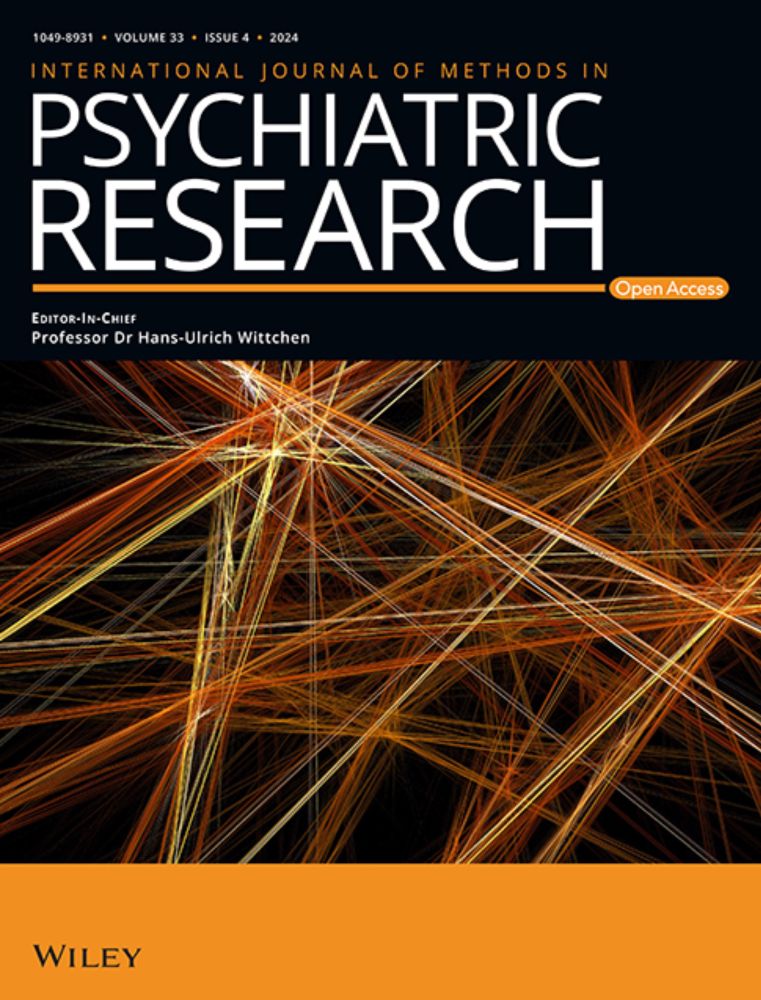





Had a wonderful encounter with a deer on the way to campus. :)
Had a wonderful encounter with a deer on the way to campus. :)
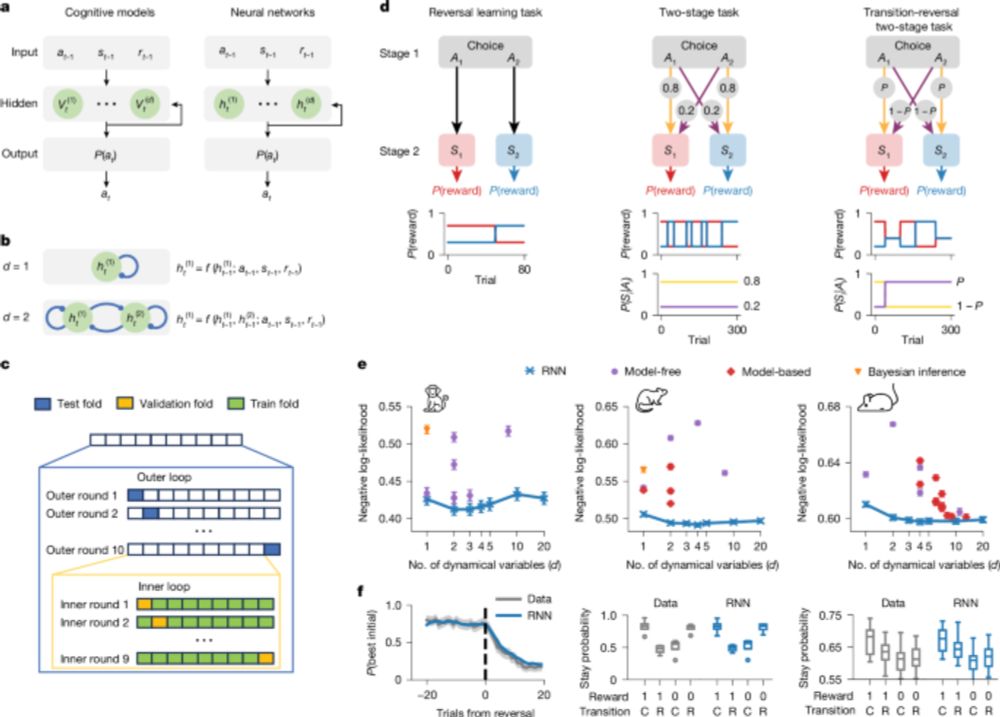
psycnet.apa.org/record/2026-...
psycnet.apa.org/record/2026-...
journals.sagepub.com/doi/10.1177/...
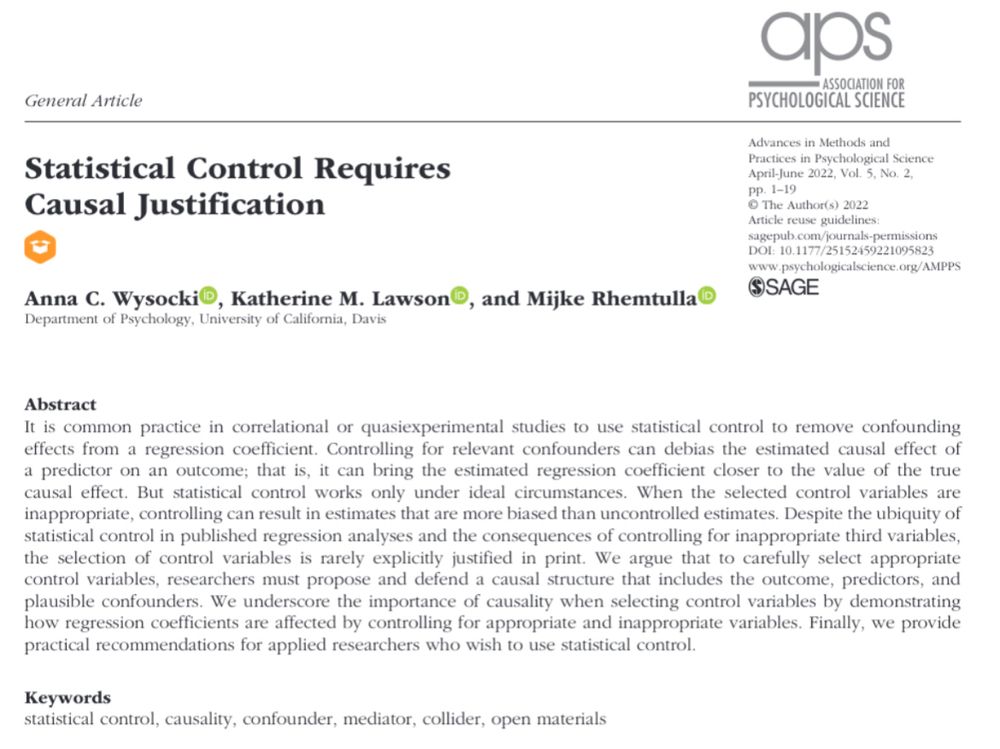
journals.sagepub.com/doi/10.1177/...
Excited to share a novel approach to compare networks models in time-series and panel data, which we term invariance partial pruning (IVPP).
osf.io/vb8dz_v1



Excited to share a novel approach to compare networks models in time-series and panel data, which we term invariance partial pruning (IVPP).
osf.io/vb8dz_v1
👇
doi.org/10.1177/2515....
The image's been downloaded 10K+⏬ docker Hub
Such a pleasure to work w/ Wanke, Ru Yuan, Haiyang & member of HDDM/HSSM team!

👇
doi.org/10.1177/2515....
The image's been downloaded 10K+⏬ docker Hub
Such a pleasure to work w/ Wanke, Ru Yuan, Haiyang & member of HDDM/HSSM team!
Tutorial on exploring ecological momentary assessment data is online at AMPPS, with:
- Accessible ways to visualize data for better understanding
- Models to get some first insights
- Further reading boxes for more advanced topics
- Reproducible pipeline you can run over your own data
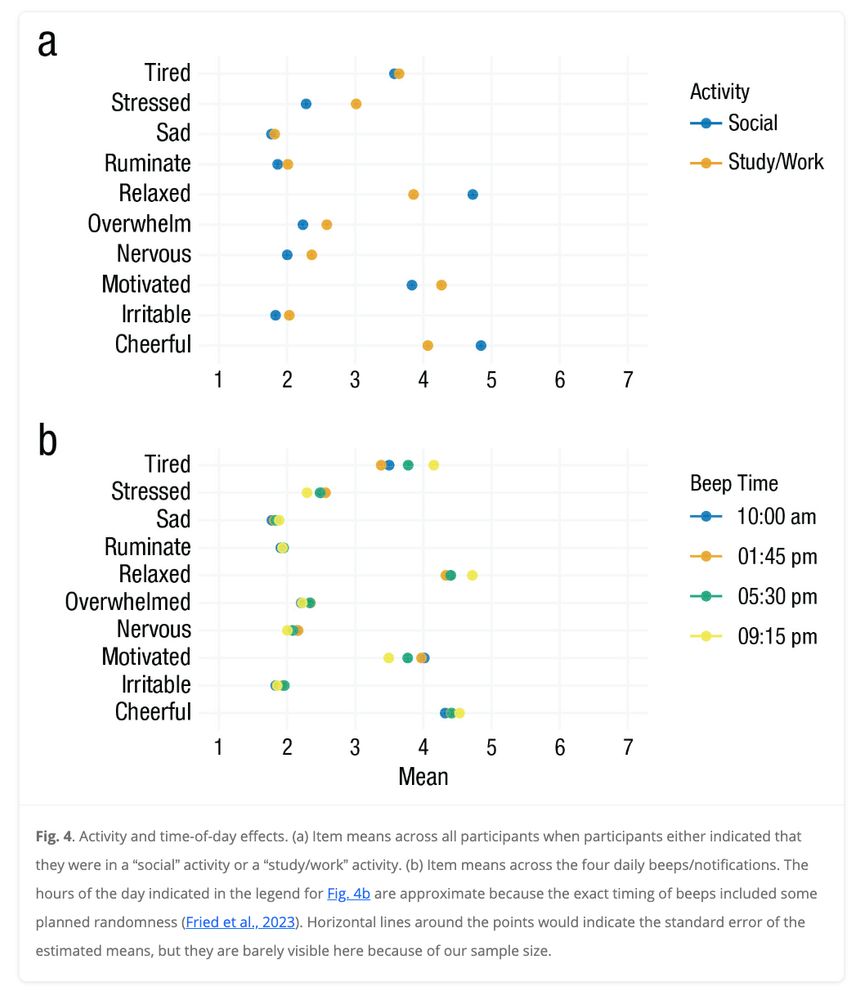
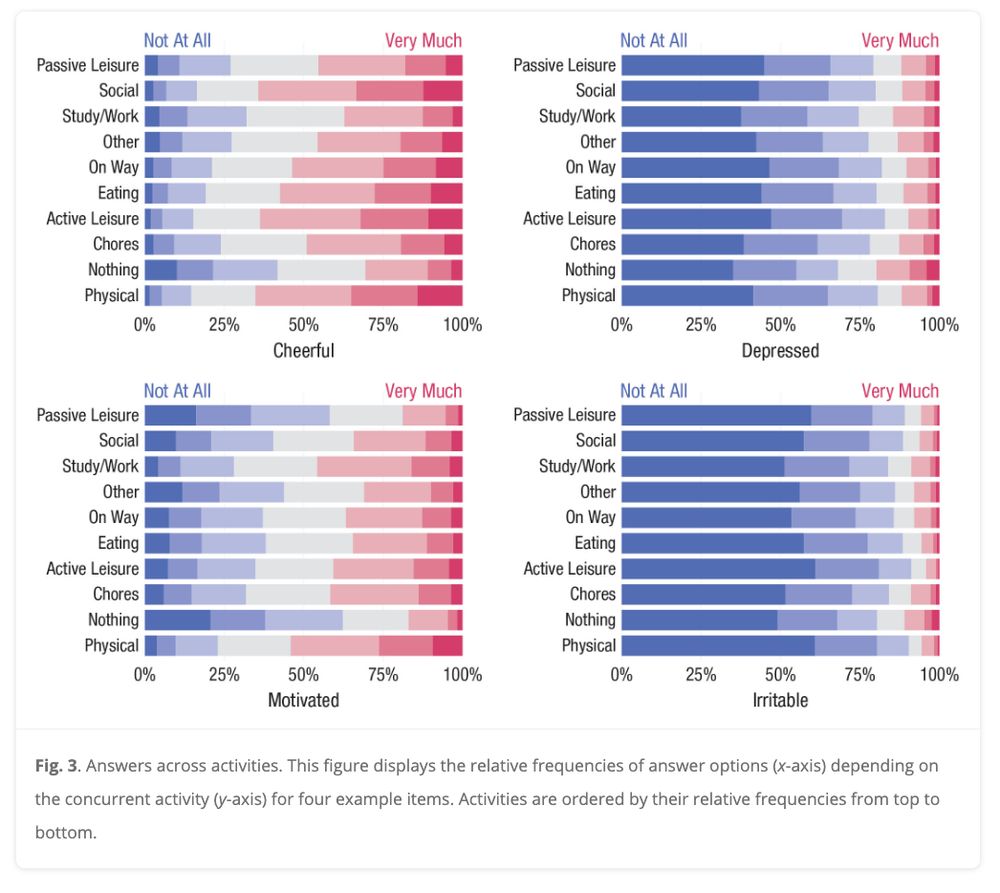

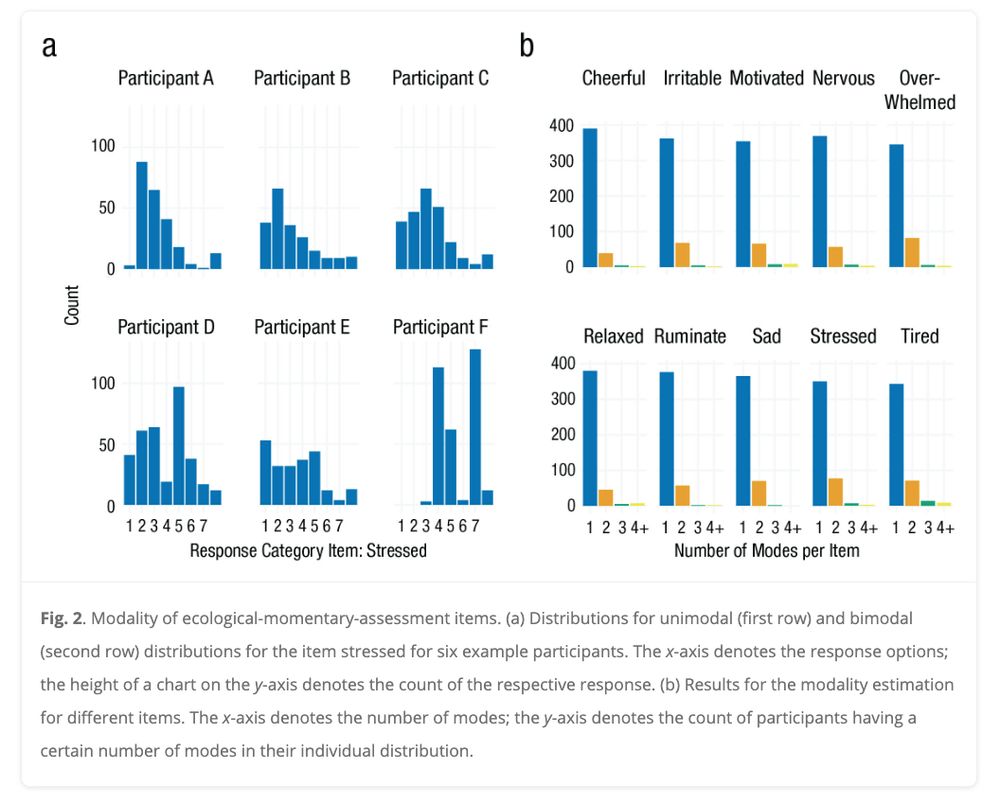
Tutorial on exploring ecological momentary assessment data is online at AMPPS, with:
- Accessible ways to visualize data for better understanding
- Models to get some first insights
- Further reading boxes for more advanced topics
- Reproducible pipeline you can run over your own data
PsyArXiv: osf.io/preprints/ps...
RG: www.researchgate.net/publication/...
Shiny app: github.com/xinkaidupsy/...
See 🧵 for the summary of results
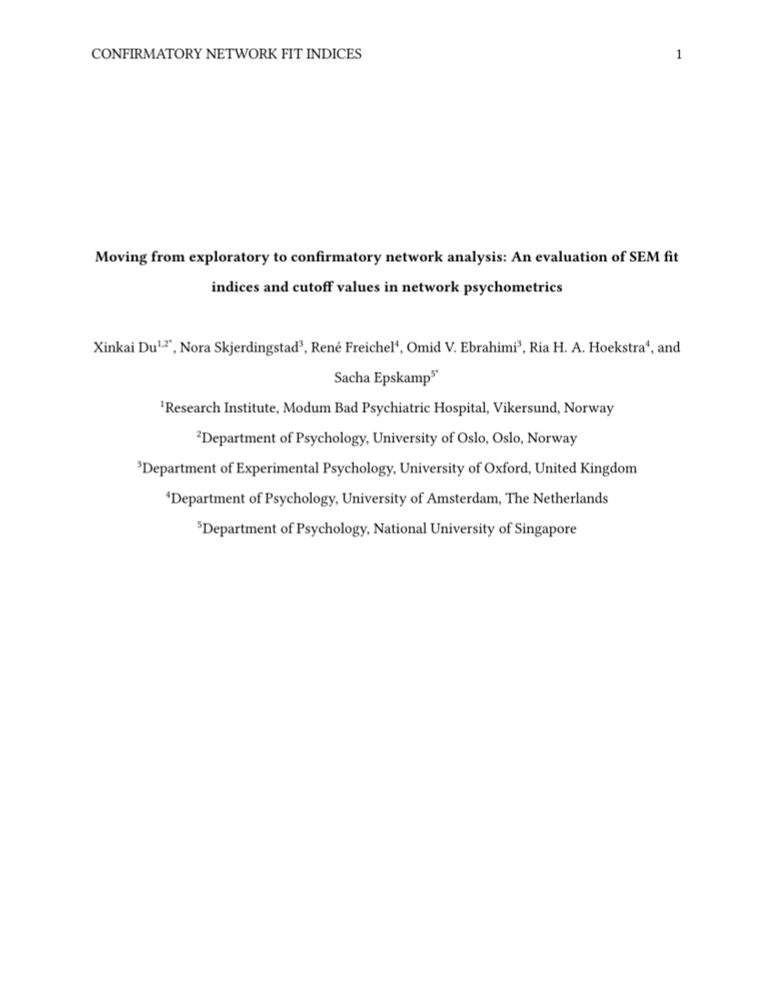
PsyArXiv: osf.io/preprints/ps...
RG: www.researchgate.net/publication/...
Shiny app: github.com/xinkaidupsy/...
See 🧵 for the summary of results

PsyArXiv: osf.io/preprints/ps...
RG: www.researchgate.net/publication/...
Shiny app: github.com/xinkaidupsy/...
See 🧵 for the summary of results
Penalized weighted GEEs for high-dimensional longitudinal data with informative cluter size (Ma, Wang, Jiang) High-dimensional longitudinal data have become increasingly prevalent in recent studies, and penalized generalized estimating equations (GEEs) are often used to model such data. H
Penalized weighted GEEs for high-dimensional longitudinal data with informative cluter size (Ma, Wang, Jiang) High-dimensional longitudinal data have become increasingly prevalent in recent studies, and penalized generalized estimating equations (GEEs) are often used to model such data. H
Penalized Quasi-likelihood for High-dimensional Longitudinal Data via Within-cluster Resampling (Ma, Wang, Jiang) The generalized estimating equation (GEE) method is a popular tool for longitudinal data analysis. However, GEE produces biased estimates when the outcome of interest is assoc
Penalized Quasi-likelihood for High-dimensional Longitudinal Data via Within-cluster Resampling (Ma, Wang, Jiang) The generalized estimating equation (GEE) method is a popular tool for longitudinal data analysis. However, GEE produces biased estimates when the outcome of interest is assoc
r-graph-gallery.com/color-palett...

r-graph-gallery.com/color-palett...

Feel free to DM if you’d like to meet up, hang out, and/or discuss any of these topics 😊
(Where to find me & paper info? -> Thread)
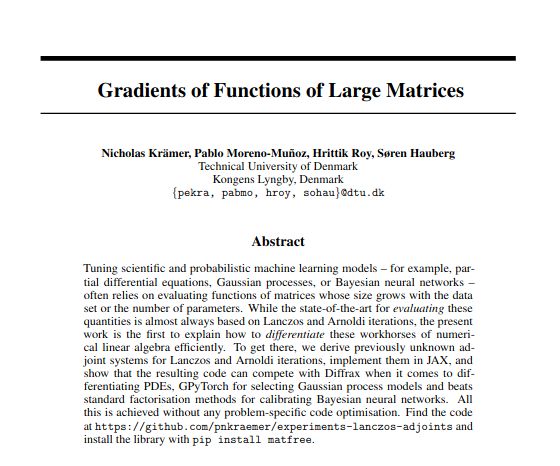
Feel free to DM if you’d like to meet up, hang out, and/or discuss any of these topics 😊
(Where to find me & paper info? -> Thread)

